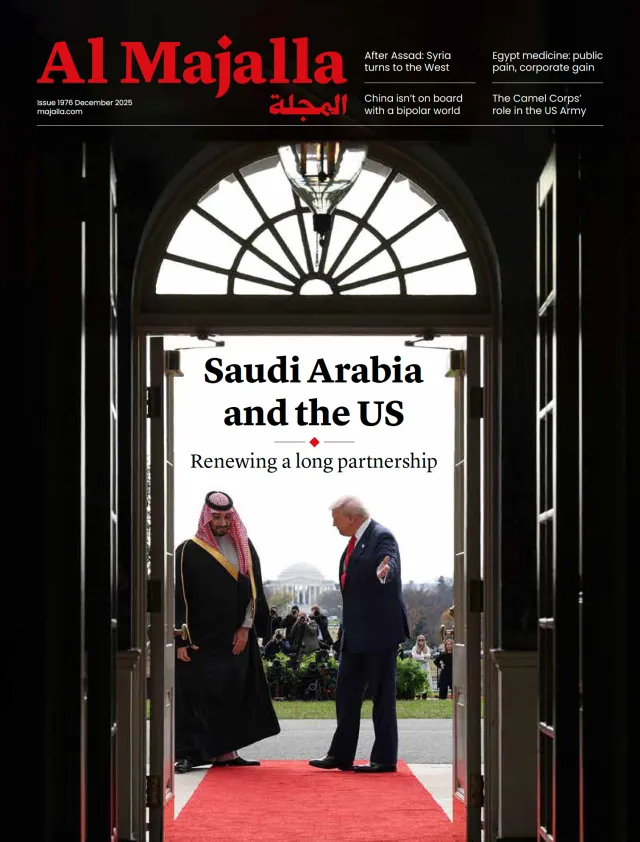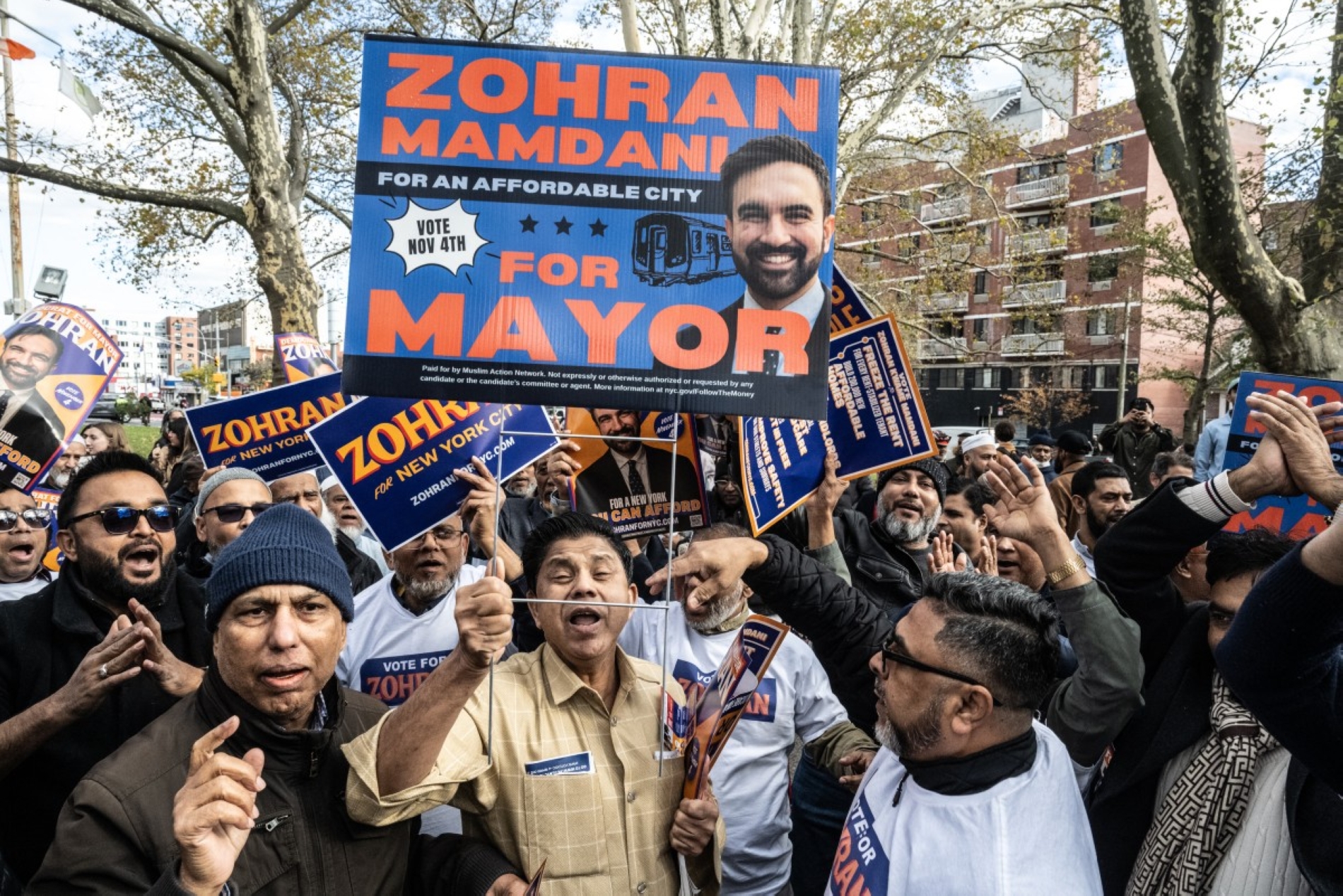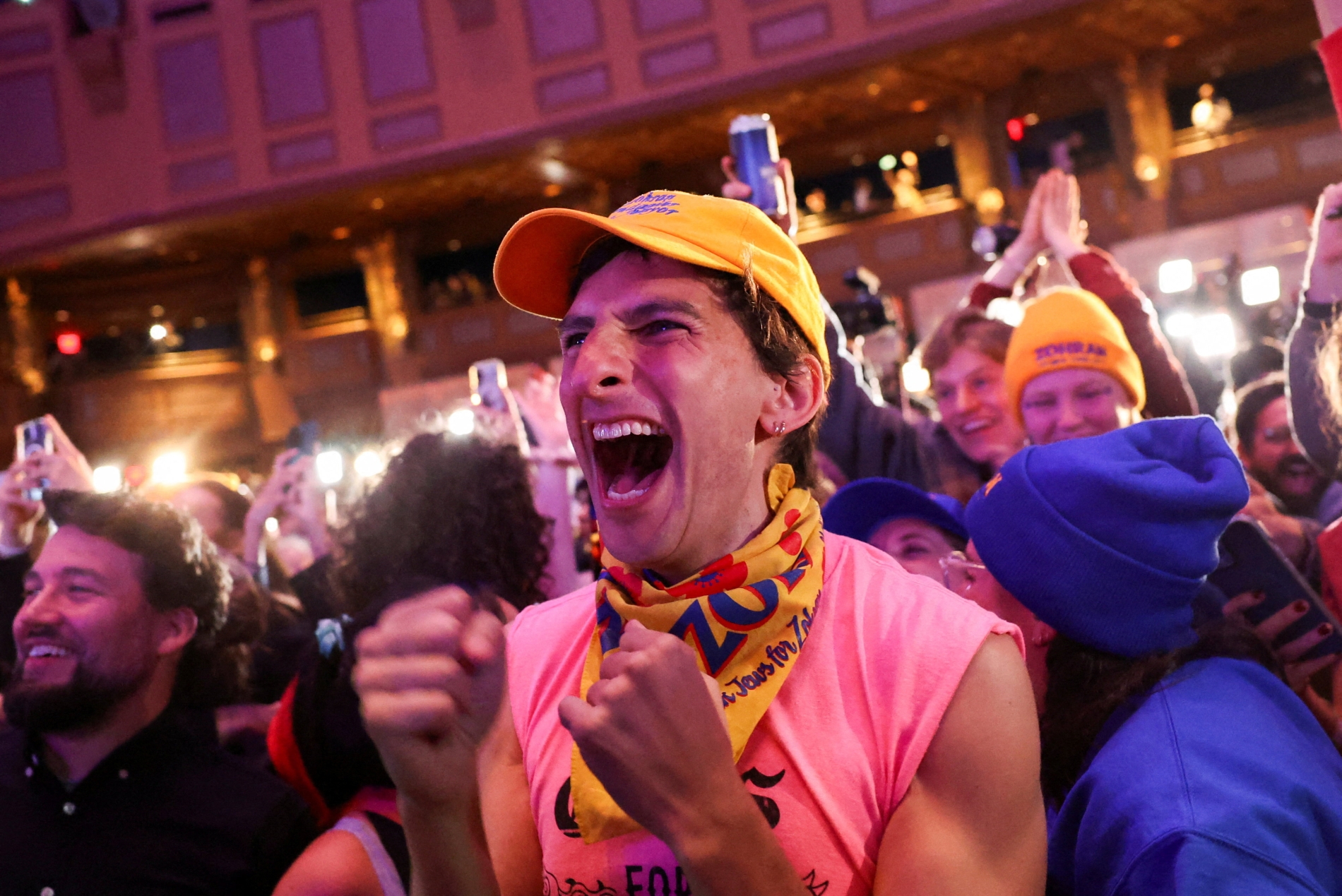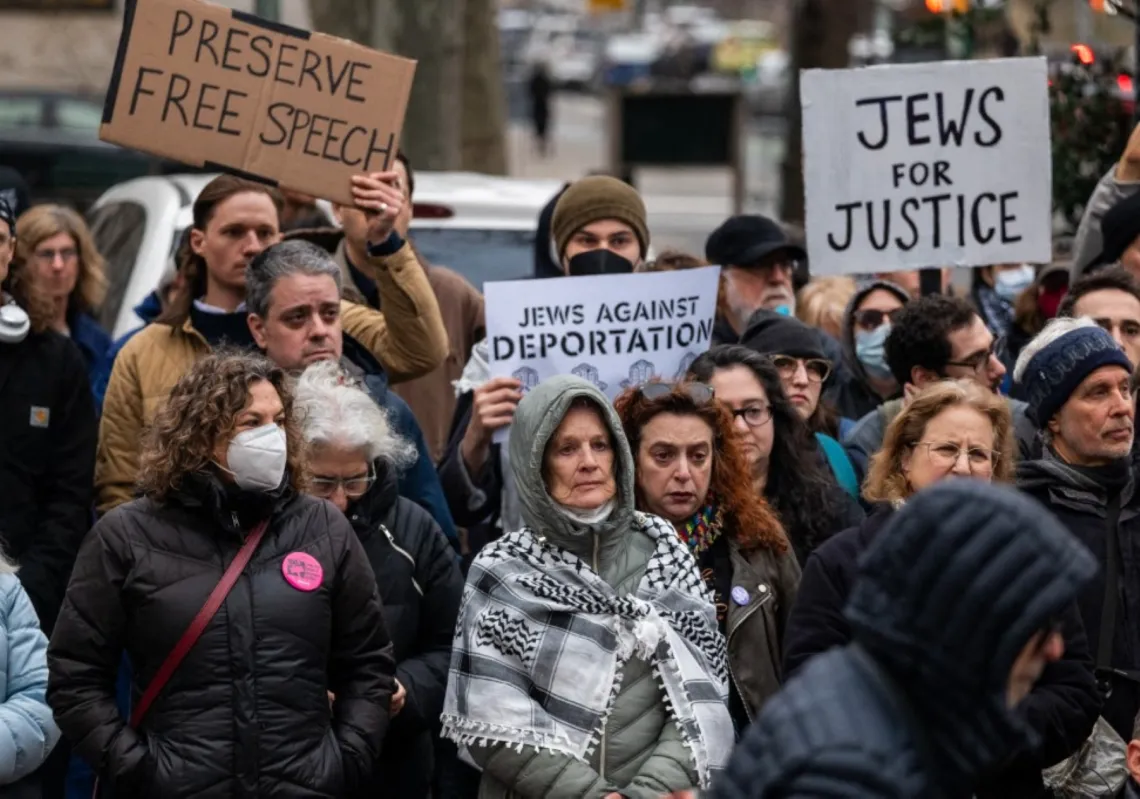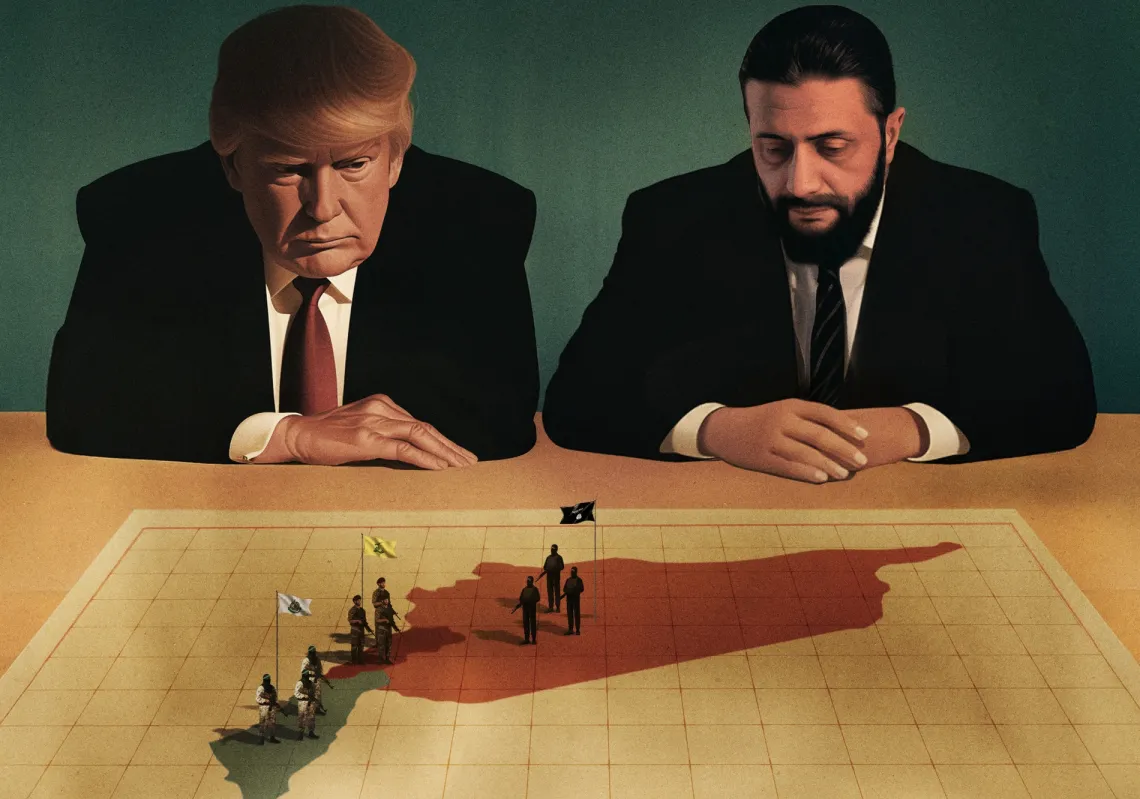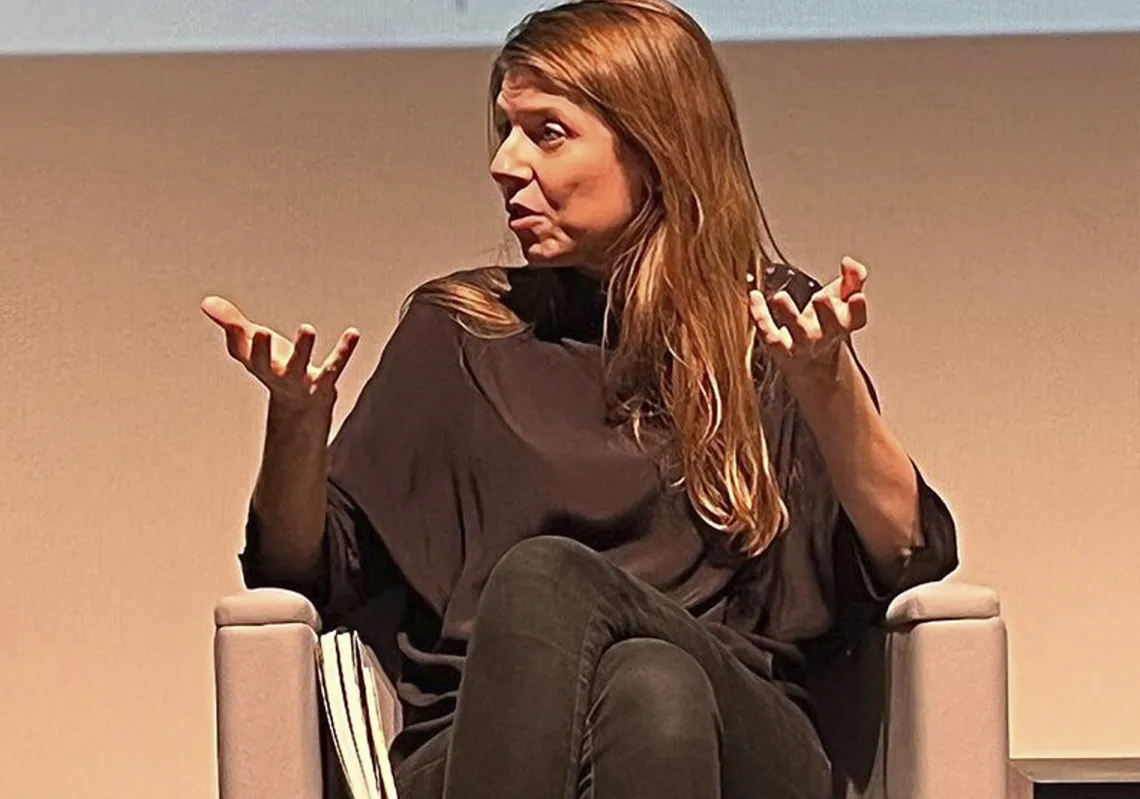The United States has just experienced a political earthquake, and the epicentre is New York City, where Democrat Zohran Mamdani has become the mayor of the country’s most populous and iconic metropolis and the first Muslim to ever hold the post.
Mamdani, 34, is a charismatic Muslim socialist who supports Palestine and has led the polls by a commanding margin for months. His Big Apple victory is no small matter. The city is the symbolic heart of global capitalism, Trump’s birthplace, and home to the nation’s largest Jewish population. Trump has threatened to withhold federal funds in the event of his win.
Mamdani was up against former Governor Andrew Cuomo—running as an independent after his party endorsed Mamdani—and Curtis Sliwa, a Republican. The city is staunchly Democrat, however. Mamdani was by far the more left-leaning of the three and will now stake a progressive claim in America’s financial capital after a campaign powered by millions of millennial supporters, young voters eager to disrupt the status quo and radically reimagine the city’s future.
Scaring the Democrats
Born in Uganda to an academic father and a filmmaking mother, Mamdani’s candidacy electrified the mayoral race, fracturing the Democratic Party and provoking fierce opposition in Republican circles. Among the city’s elite, alarm bells rang. Billionaires threatened to leave. Among those to back Cuomo and denigrate Mamdani was Elon Musk, the world’s richest man.
A sitting member of the New York State Assembly, Mamdani’s outspoken denunciation of Zionism, his condemnation of what the UN has termed a genocide of Palestinians in Gaza, his support for Palestinian statehood, and his vow to arrest Israeli Prime Minister Benjamin Netanyahu if he sets foot in New York City, have all sent shockwaves through his party’s establishment and drawn sharp rebukes from across the aisle.
Trump tried to sway voters anxious about losing federal funding away from Mamdani. That funding accounts for about 6.5% of New York’s $116bn budget and underwrites a workforce of nearly 300,000. Sliwa, a staunch Trump supporter, frequently cited this figure as a warning against Mamdani’s election.
Mamdani’s other challenger, Cuomo, has been a politician for almost 30 years and was Governor of New York from 2011, but was forced to resign in 2021 after an investigation concluded that he had sexually harassed 11 women. His tenure was marred by other controversies, including the administration of COVID-19 vaccines to family members and bribery convictions of associates.
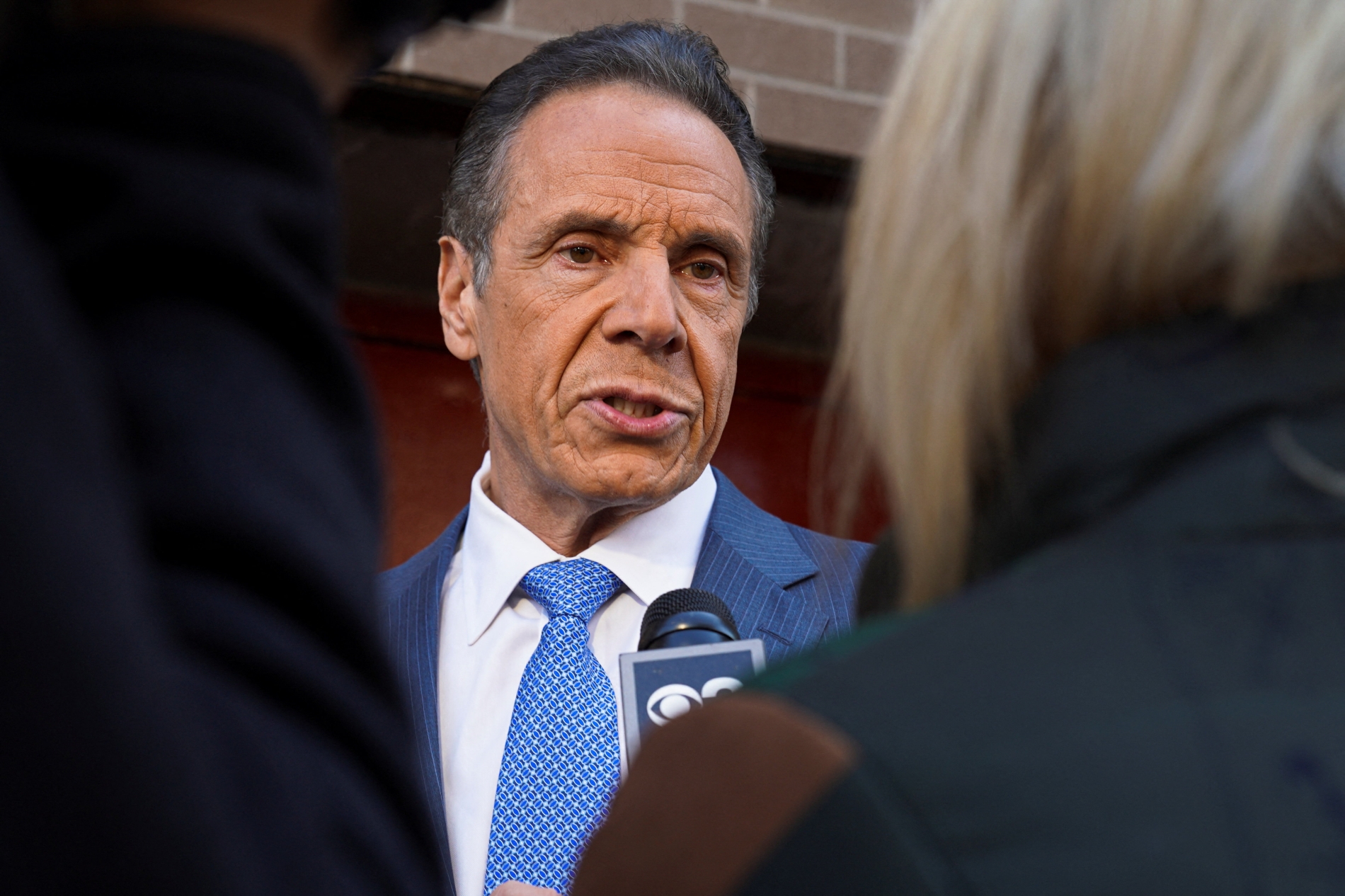
Risk and reward
Trump supported Cuomo, who is pro-business and a fervent supporter of Israel. Two weeks ago, Cuomo posted an AI-generated video to social media showing Mamdani eating rice with his hands, and a keffiyeh-wearing criminal declaring support for Mamdani before shoplifting from a pharmacy. Cuomo was backed by Republicans and wealthy donors, who saw them as their best bet to stop Mamdani.
They warned of catastrophic consequences if Mamdani prevailed—from capital flight to long-term economic instability. Indeed, if New York City were a state, it would have an economy similar to that of many developed countries. With a Gross Metropolitan Product (GMP) of more than $2.25tn, it is an economic colossus, and the mayor presides over the 33,000-strong New York Police Department (NYPD).
Mamdani is expected to keep Police Commissioner Jessica Tisch in her role. Though their political positions differ, this would seem like a pragmatic decision—her deep entrenchment in the city’s financial and bureaucratic circuits offsets Mamdani’s outsider status and lack of elite networks, offering reassurance to Wall Street that his administration may prefer reform over rupture.
Yet he does have an ambitious reform agenda: free public transport, universal childcare, municipally owned and subsidised retail outlets, rent freezes, a major affordable housing drive, enhanced public safety measures, and raising the minimum wage to $30 per hour by 2030. To an extent, his ascent is being seen as a youth-led rebellion against ossified structures and constrained choices.

